PEOPLE

WHEN RESEARCH
IS BIG DATA
AND COMPLEX COMPUTING
Interview with Antonio Zoccoli, vice president of INFN and responsible for the Computing and Networks division of the INFN's executive committee.
To enable epoch-making achievements like the discovery of the Higgs Boson and that of gravitational waves, but also to study the properties of cosmic rays and neutrinos, basic physics research handles enormous volumes of data and uses complex computing systems. For instance, in view of the huge amount of information produced by each collision between particle beams in the LHC accelerator at CERN, physicists have designed and developed a special infrastructure for the selection, storage and analysis of data. This continually evolving global infrastructure is a complex and organised system that incorporates different computing resources regardless of their geographical location or capacity. A worldwide computing network, known as the GRID, that harnesses the computing power and memory capacity of tens of thousands of different computers. The result is a computing power equal to that of 100,000 computers.
What are the essential requirements that guide the INFN's scientific calculations?
At the INFN we started performing scientific calculations when we had to analyse data from experiments in which we were taking part, so really it is something we have been doing ever since our first experiments. Right from the start, we recognised the importance of not just analysing data, but also of developing computing resources capable of performing Montecarlo simulations, a fundamental resource in scientific research. However, although scientific calculation was recognised as an important part of research activities, it was considered a secondary aspect in the planning and implementation of experiments until 20 or 30 years ago. Most experiments were designed irrespective of their computing needs: only later and depending on the circumstances were the computing instruments improved and the necessary infrastructure provided. There has definitely been a change of approach in recent years owing to the huge volumes of data produced by the LHC: the computing grid is now regarded as a
...
NEWS
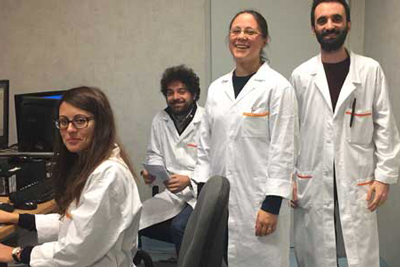
PHYSICS AND MEDICINE
CANCER: INSIDE SYSTEM SUCCESSFULLY TESTED FOR THE FIRST TIME ON A PATIENT
INSIDE (Innovative Solutions for Dosimetry in Hadrontherapy) has been tested for the first time on a patient. This innovative imaging system, which uses particle accelerators, was built by the INFN in Turin to further enhance the efficacy of hadron therapy, used for the treatment of localised tumours. INSIDE, which received a € 1 million grant under the PRIN (Relevant National Interest Projects) program, ...
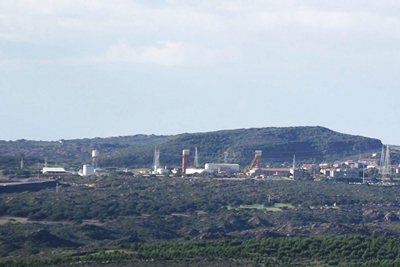
NEW PROJECTS
CIPE ALLOCATES 4 MILLION EUROS
TO THE ARIA PROJECT
The Italian Interministerial Committee on Economic Planning (CIPE) has approved funding for nine research projects considered to be of "strategic importance", one of which is the INFN's ARIA project. The projects will be funded through the Special Fund for Research (FISR). Led by the INFN with the collaboration of Princeton ...
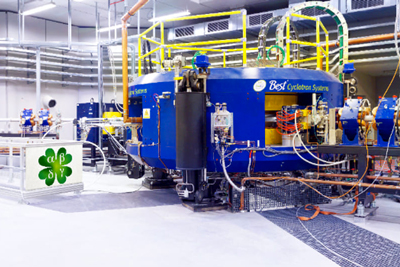
INFRASTRUCTURES
INAUGURATION OF
THE SPES CYCLOTRON
The SPES (Selective Production of Exotic Species) project cyclotron was inaugurated at the Legnaro National Laboratories on 2 December. The high-power SPES cyclotron is a circular accelerator capable of producing and accelerating protons at a rate of ten million billion of protons per second. ...

RESEARCHERS
INFN HIRES 73 NEW RESEARCHERS
The INFN Directors Board has closed the year 2017 with a special session devoted to the approval of the list of winners of the competition for 73 new researchers positions, provided through the Italian Stability Law approved in 2015: a formal act which lays down the go-ahead to the next hiring. The new INFN researchers, 58 experimental physicists and 15 theoretical ones, will represent an overall increase of approximately 12% of the institute's permanent researchers. ...
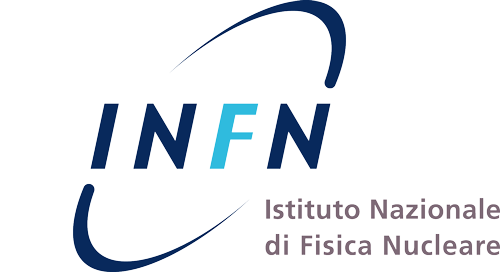

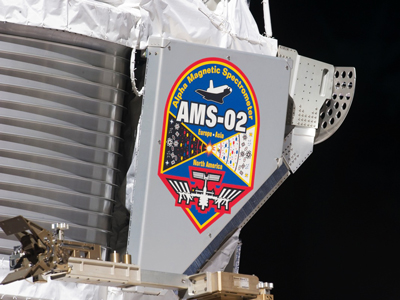 THE FIRST FIVE YEARS
THE FIRST FIVE YEARS